Van Shipley
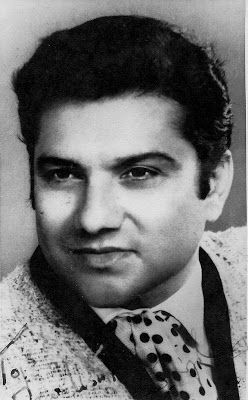
Subscribe to read full article
This section is for paid subscribers only. Our subscription is only $37/- for one full year.
You get unlimited access to all paid section and features on the website with this subscription.
Not ready for a full subscription?
You can access this article for $2 , and have it saved to your account for one year.
- Real Name: Valentine Van Shipley
- Born: 30 August, 1927 (Lucknow, UP, British India)
- Died: 8 March, 2008 (Mumbai)
- Primary Cinema: Hindi
- Spouse: Olive Van Shipley
- Children: Ingrid Van Shipley, Audrey Van Shipley
‘Man with the Golden Guitar’—this was the title of Van Shipley's first independent record released in 1962. It was also a fitting description of the talented musician, who is credited with being India’s first electric guitarist. Trained in violin, guitar, and tabla, he also learnt Hindustani classical music. His interest inspired him to create an 8-string guitar in the 1940s, allowing him to adapt the instrument to play Indian classical music. Shipley also designed an electric violin, which he christened his Gypsy Violin, which he used for most of his later records. Joining the film music industry, he assisted music director duo Husnlal-Bhagatram on the film Chand (1944), followed by Nargis (1946), Anmol Ghadi (1946) and Mera Suhag (1947). Performing in a show at St. Xavier’s college on the request of actress Nutan, he impressed filmmaker-actor Raj Kapoor, who offered Shipley the opportunity to play the violin for his film Barsaat (1949). He became an important part of Kapoor’s team of musicians. A prolific musician, Shipley worked in over 1500 films, and also acted in a few. Composing music for films, he was also one of the first musicians to release instrumental renditions of popular Hindi film songs.
Born Valentine Van Shipley in Lucknow, Uttar Pradesh on 30 August, 1927, his was a family of music lovers. While his mother was a skilled sitar player, trained by the famed Ustad Yusuf Ali Khan, his five siblings were also talented musicians, though they did not pursue music professionally. It was in Saharanpur, where his high-ranking army officer father was posted at the Botanical Gardens, that young Van learnt to play the tabla, violin and guitar. Starting his training in violin under Allahabad-based violinist, Gagan Chatterjee, he also learnt Hindustani classical music from well-known khayal singer Ustad Bande Hasan Khan and his son Ustad Zinde Hasan Khan. He also went on to accompany them on the violin. Simultaneously, young Shipley also took lessons in western music.
His training in Hindustani classical music deepened his interest and skill, leading to him developing a unique 8-string guitar in the 1940s. It was specifically designed to allow him to adapt the guitar to play Indian classical music. He would play ragas Jogiya and Yaman Kalyan on this guitar for his record for Columbia. Shipley also has to his credit the electric violin, which he called his Gypsy Violin. He would use it to perform on nearly all his later records.
Music became his profession when he became acquainted with singer Talat Mahmood in 1940. Mehmood, who had become popular for singing ghazals at All India Radio, Lucknow, invited Van Shipley to join him. In Lucknow, Van Shipley’s musical training continued as he not only learnt the violin from Ustad Allaudin Khan, but also took sarod lessons from Ustad Ali Akbar Khan, who was the music director of AIR, Lucknow, at the time.
With the film industry holding out opportunity, Shipley joined Prabhat Studios in Pune, working as an assistant music director to the music director duo Husnlal-Bhagatram, for the film, Chand (1944). After Prabhat Studios split, he moved to Bombay, to join producer Baburao Pai. Among his earliest films were Nargis (1946), Anmol Ghadi (1946) and Mera Suhag (1947). He soon started working with music directors such as Khemchand Prakash, C Ramchandra, Anil Biswas, Roshan and Ghulam Haider. His name and fame grew after he returned from a six-month tour of South America, the Hawaiian Islands, and South Africa undertaken in 1947 to study the music of those lands. He became much in demand as a soloist for both violin and guitar.
Shipley’s career in film music was set to receive an immense boost after he was approached by a young Nutan, whose family was known to him, to perform in a show with her at St Xavier's College, Bombay. The producer of the show happened to be none other than Raj Kapoor, who had just made his directorial debut a year ago. Van Shipley was offered Barsaat (1949), by Kapoor who was thoroughly impressed by his expertise with the violin. Incidentally, the character Raj Kapoor plays in the film is picturised playing the violin all through the film. Shipley’s violin playback garnered attention in the hit film to such an extent, that his violin solo became linked with the shot in the film that was to become the famous RK logo—the young Raj Kapoor holding the beautiful Nargis on one arm, and his violin in the other. Shipley thus went on to become an essential part of Raj Kapoor's team of musicians. He is also memorable for the electric guitar piece in the dream sequence of Raj Kapoor’s Awara (1951), and also played the guitar in Raj Kapoor's Aah (1953). In the song Ye shaam ki tanhaaiyaan, Shipley played a guitar interlude, while he also played the instrumental version of Jiya ho, jiya ho jiya kuch bol do in Jab Pyar Kisise Hota Hai (1961), from the time the credits roll.
A prolific musician, Van Shipley worked in over 1500 films. What’s more, he is one of the few individual musicians whose name was mentioned in the film credits. Shipley was also the first to record instrumental versions of film songs. He was approached for the same by recording company, HMV, in the early 50s when the success of Barsaat garnered him attention. Shipley was signed on by HMV as an individual instrumentalist, his first record for the company being an instrumental version of Tum bhi bhula do (Jugnu, 1947), which he played on the guitar. Incidentally, after releasing his first independent album in 1962, he would release an album every year until 1982.
Not many are aware of the fact that Van Shipley also acted in a few films. He made guest appearances in Fareb (1953), Dharm Patni (1953), Carnival Queen (1955) and Cha Cha Cha (1964), and apparently also played larger roles in films that did not succeed at the box office.
He also collaborated with other talented names in the field of music. His partnership with accordion player Enoch Daniels, whom he met while they worked at Prabhat Studios in 1955, lasted many years. Along with Daniels, Talat Mehmood and C H Atma, Shipley pioneered live stage shows by Indian performers abroad, touring British East Africa. He also toured Europe, the Middle East, the Caribbean Islands, Suriname, Guyana and US cities New York, Washington D.C., Los Angeles, San Francisco, Chicago, Buffalo, and Detroit for live stage performances. In fact, his frequent travels which he enjoyed thoroughly for the exposure to different cultures and peoples, prompted Bhaskar Menon, President and ex-CEO, Capitol Industries, EMI, Inv to dub him 'The Restless Globetrotter'! While Shipley performed for heads of state such as Zhou En-Lai, Gamal Abdel Nasser, Alexei Kosygin, Indira Gandhi and VV Giri amongst others, his most cherished performances include those at the coronation of His Late Majesty of Iran, for the Aga Khan in Nairobi in 1957, and for India’s first Prime Minister, Jawaharlal Nehru. The latter is said to have presented Shipley with a red rose to show his appreciation for his performance. Shipley also performed for several charitable causes for various organisations.
Shipley was on close terms with Ustad Vilayat Khan, who was his schoolmate and friend. He also developed a close bond with Pandit Ravi Shankar whom he met in 1941. He had also formed lasting friendships with Dev Anand and Guru Dutt whom he shared living quarters with during his stint in Pune, and with character actors Rehman and Sapru.
His other talents and interests included speaking impeccable Urdu, and employing the art of calligraphy to pen the script, as well as painting and photography.
Married to Olive in 1952, the couple had children Ingrid Van Shipley and Audrey Van Shipley.
Valentinee Van Shipley passed away on 8 March, 2008 in Mumbai.
References
Information courtesy: The Van Shipley Website
-
Filmography (1)
SortRole
-

Aap Ke Sath 1986
-



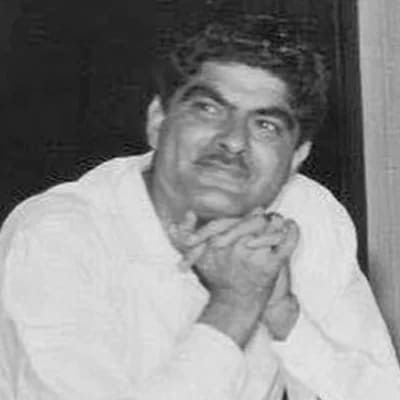
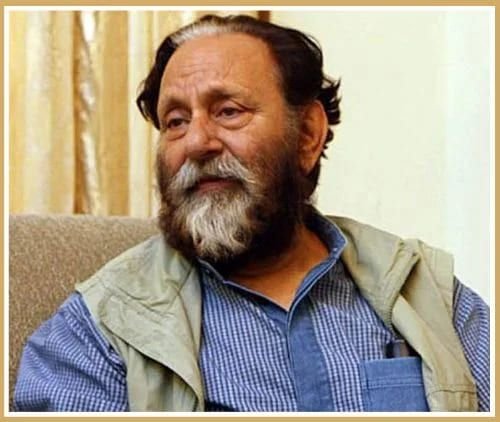
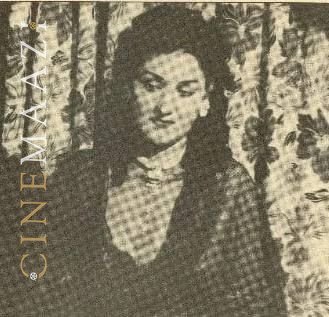
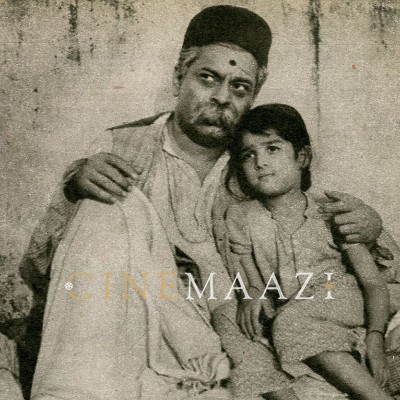
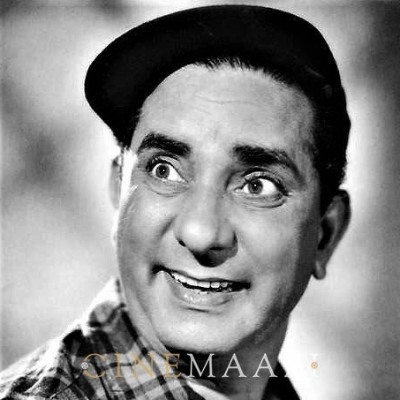
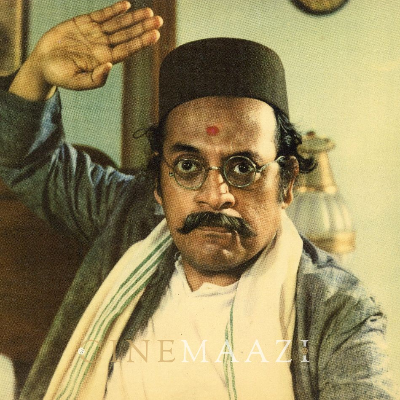
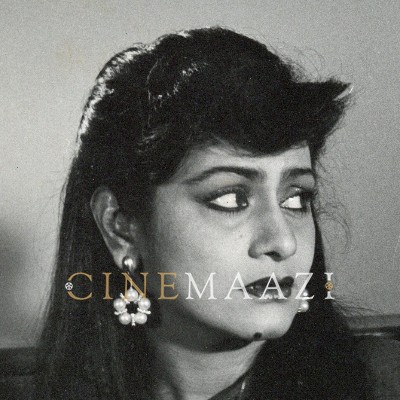
.jpg)



